A large National 'Conservation' body to make the area more attractive for walkers.
This is my home ground here, I've been studying this area for over 25 years and it is the last large stronghold for adders, slow-worms and viviparous lizards for miles. The area has been protected and kept in prime condition for reptiles as they have been hibernating there for decades, if not centuries.
The area consisted of a dense island of established gorse bushes, whose root system is so old, the reptiles have been using it as a hibernacula site since anyone can remember. Such sites are most important for reptiles as hibernacula are not easy to come by, and it provides protection upon awakening, due to the density of the gorse...
Here's how it has looked for years...
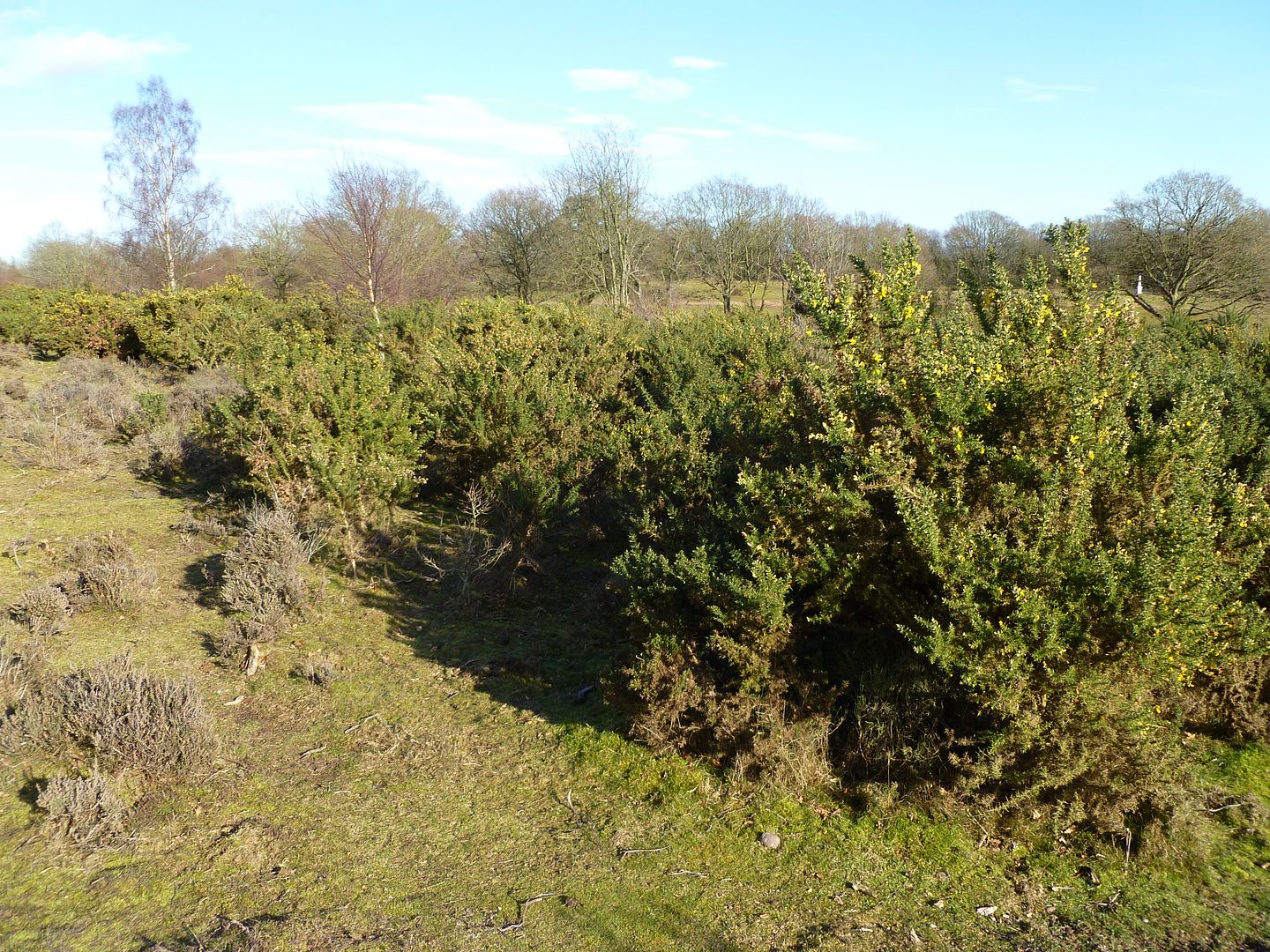
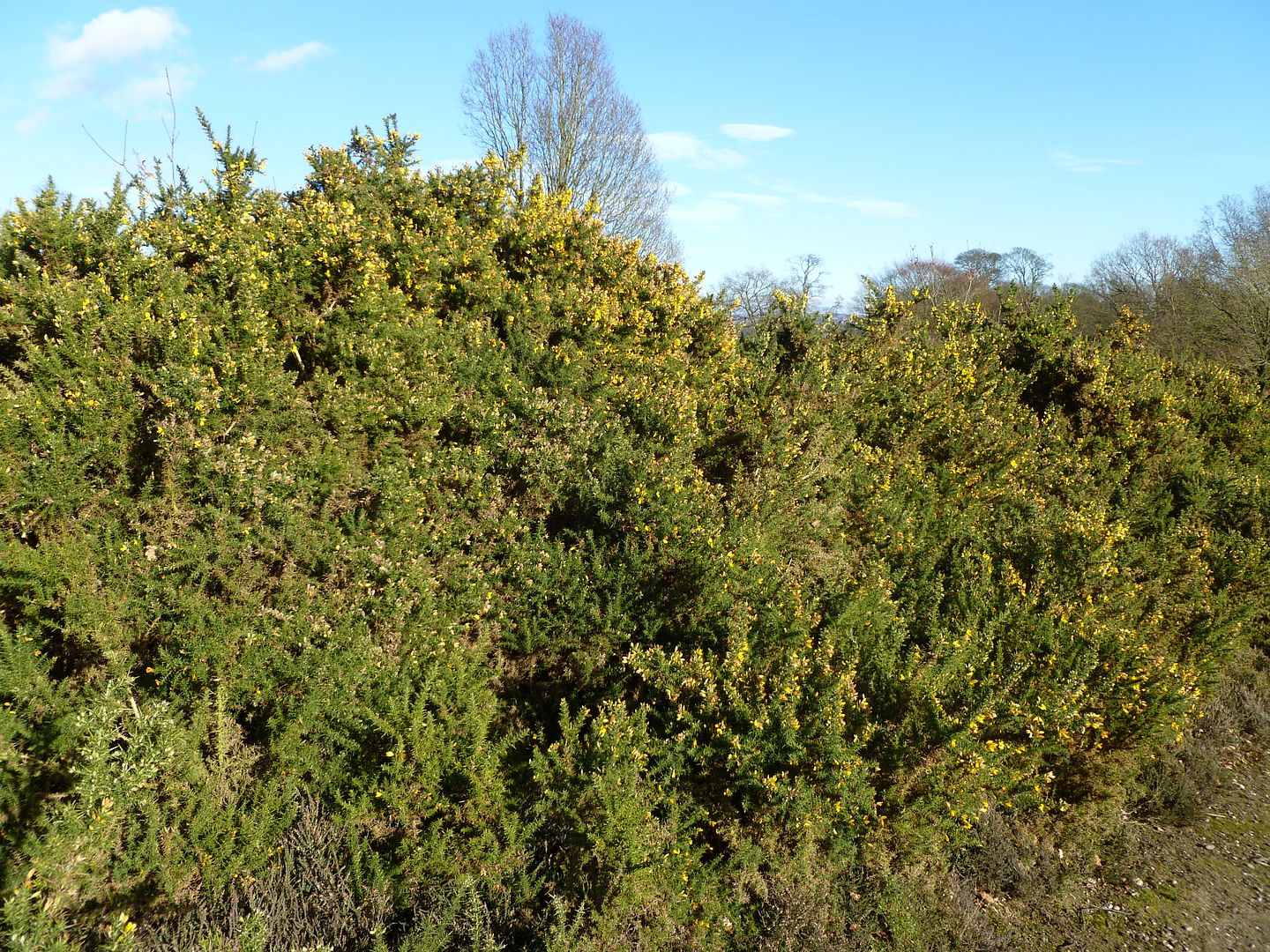
On the first day of the year when the weather was in its prime for awakening dormant reptiles, I went up and found this....
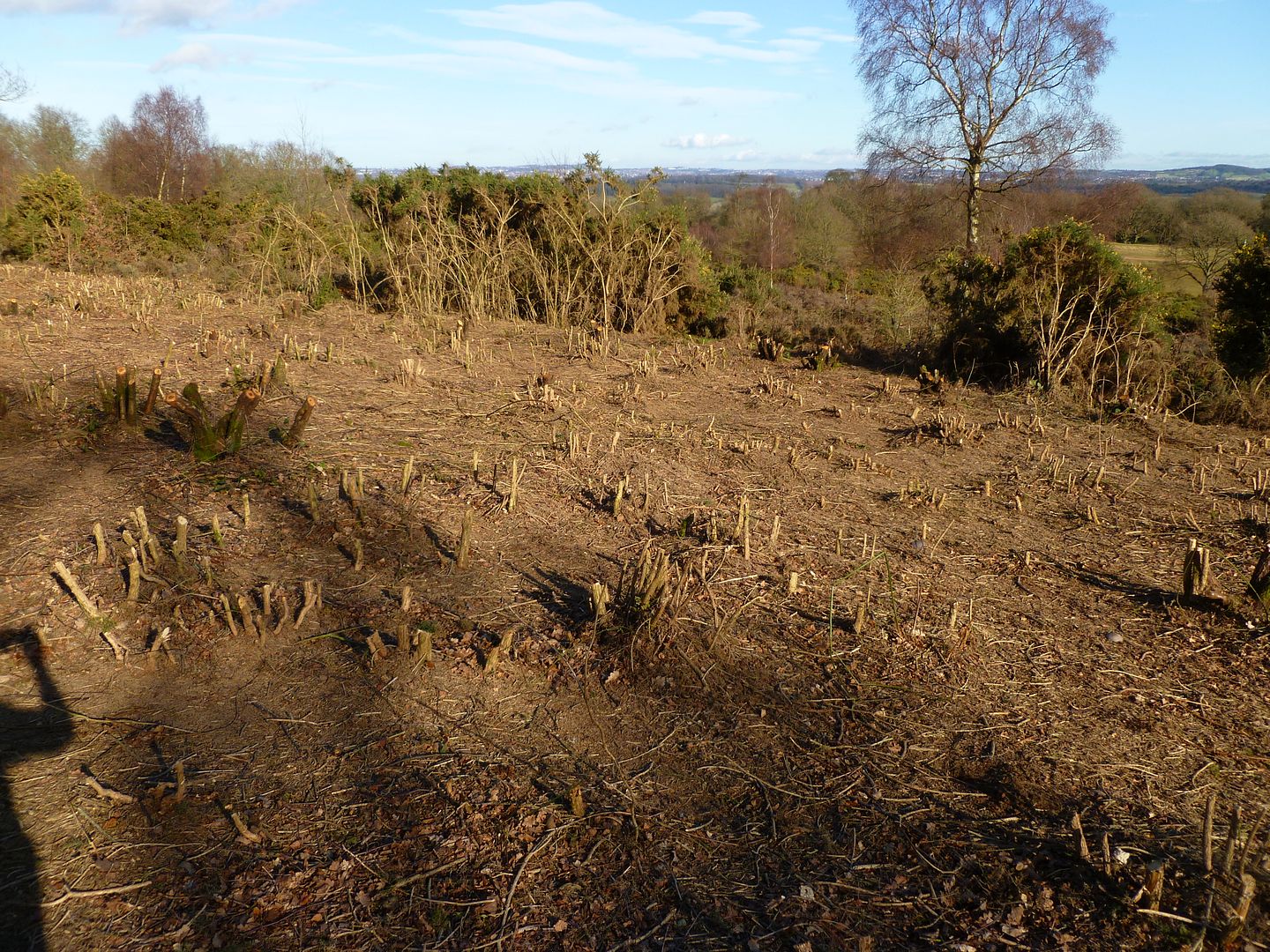
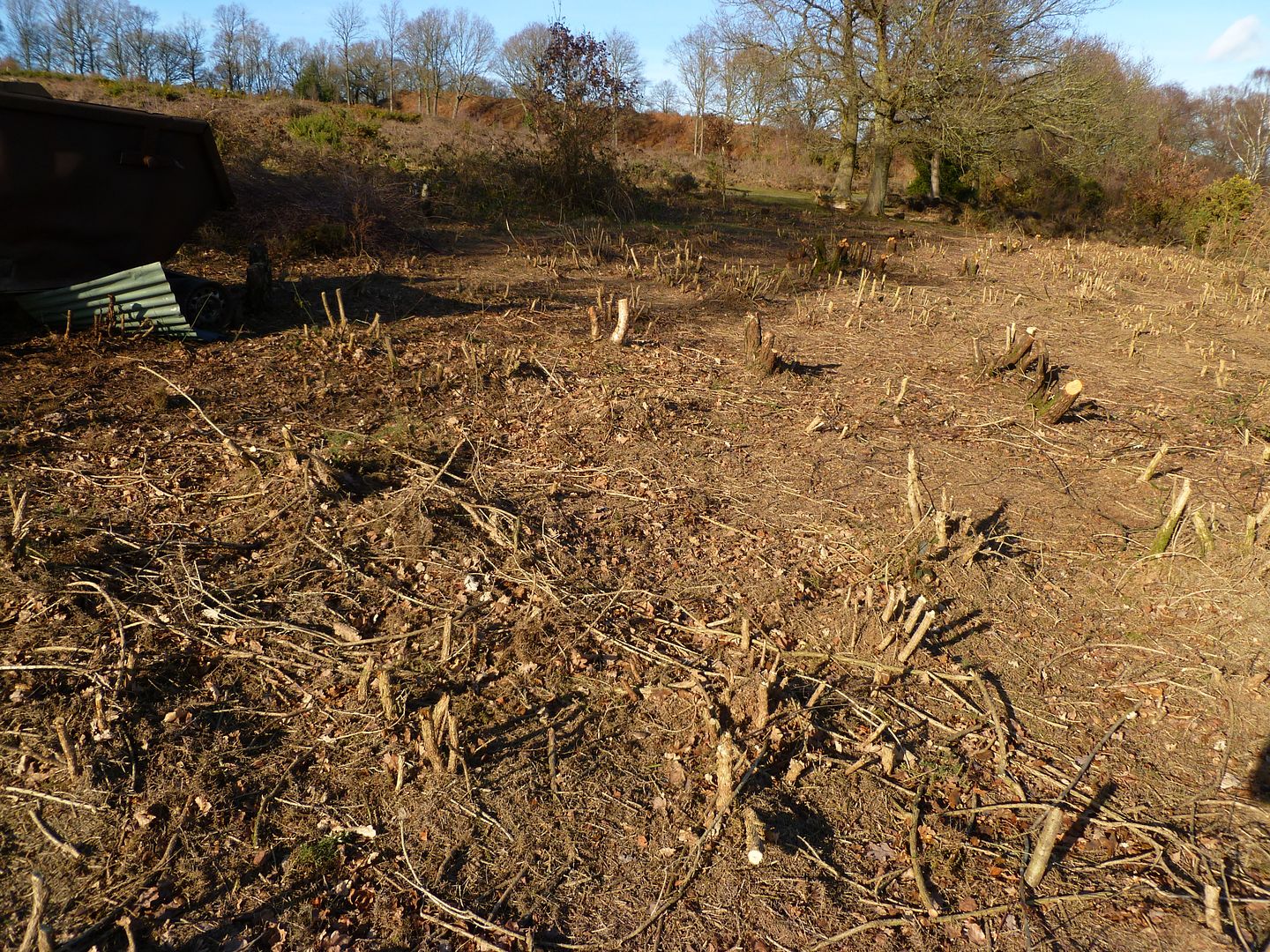
Not only has the entire area been decimated, but when I arrrived buzzards and corvids were present and picking off any animals that hadn't been trapped underground by the bulldozers. As there is no cover, this was easy pickings.
This area has been used by reptiles for so long, that many travel up to 1.5km away to overwinter here, it's a communal site that shelters almost the entire population during Winter months. It is a prime study site and herpetologists from three counties monitor it. We even have a large amount of artificial refugia to aid research. These are those corrugated sheets you see on TV programmes that attract reptiles and allow easy study. Shockingly, this 'National Conservation Body' thought they would be good to use as scoops and ash catchers, despite them knowing exactly what they are and their importance to the conservation and study of the native herpetofauna...
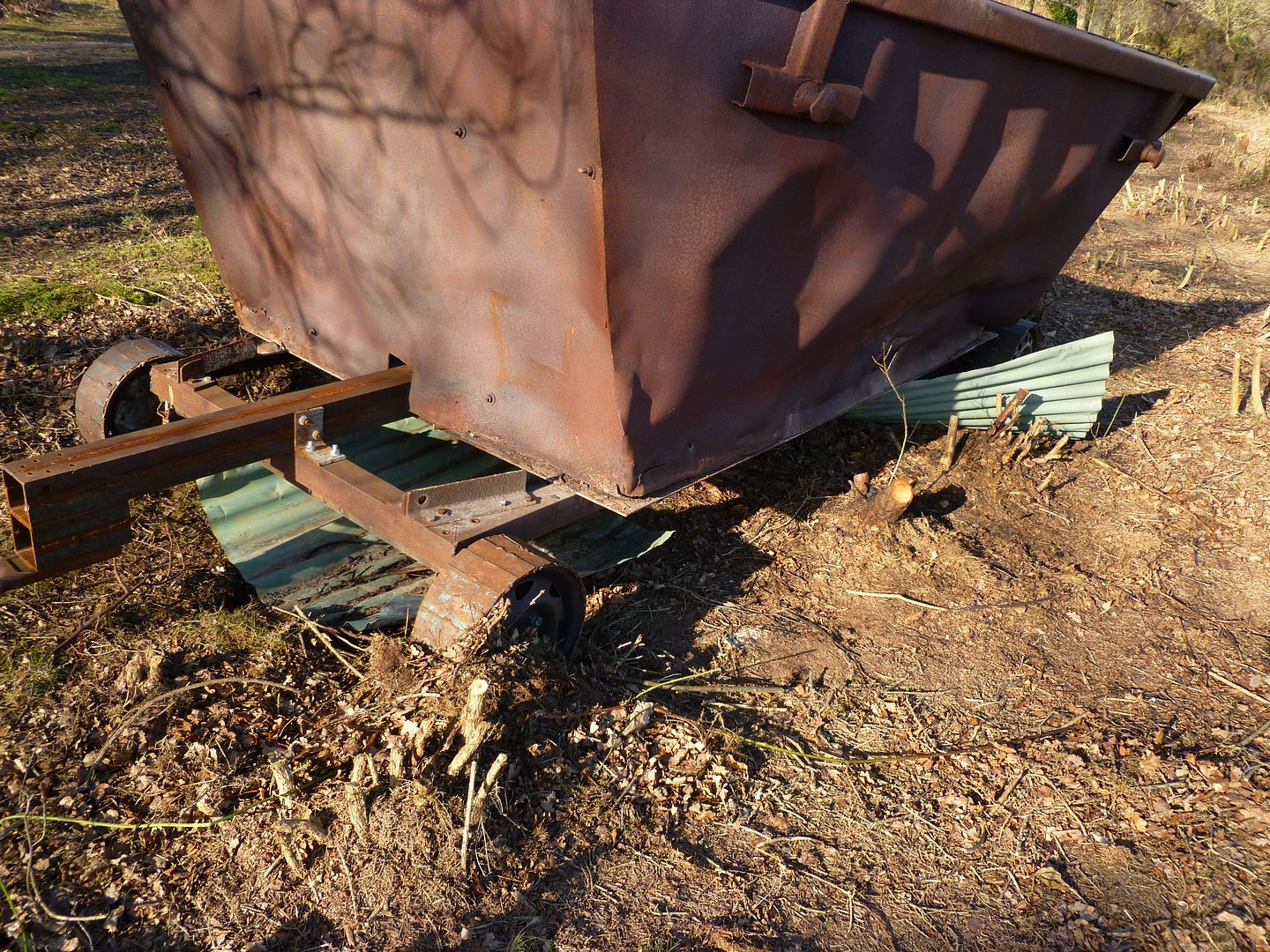
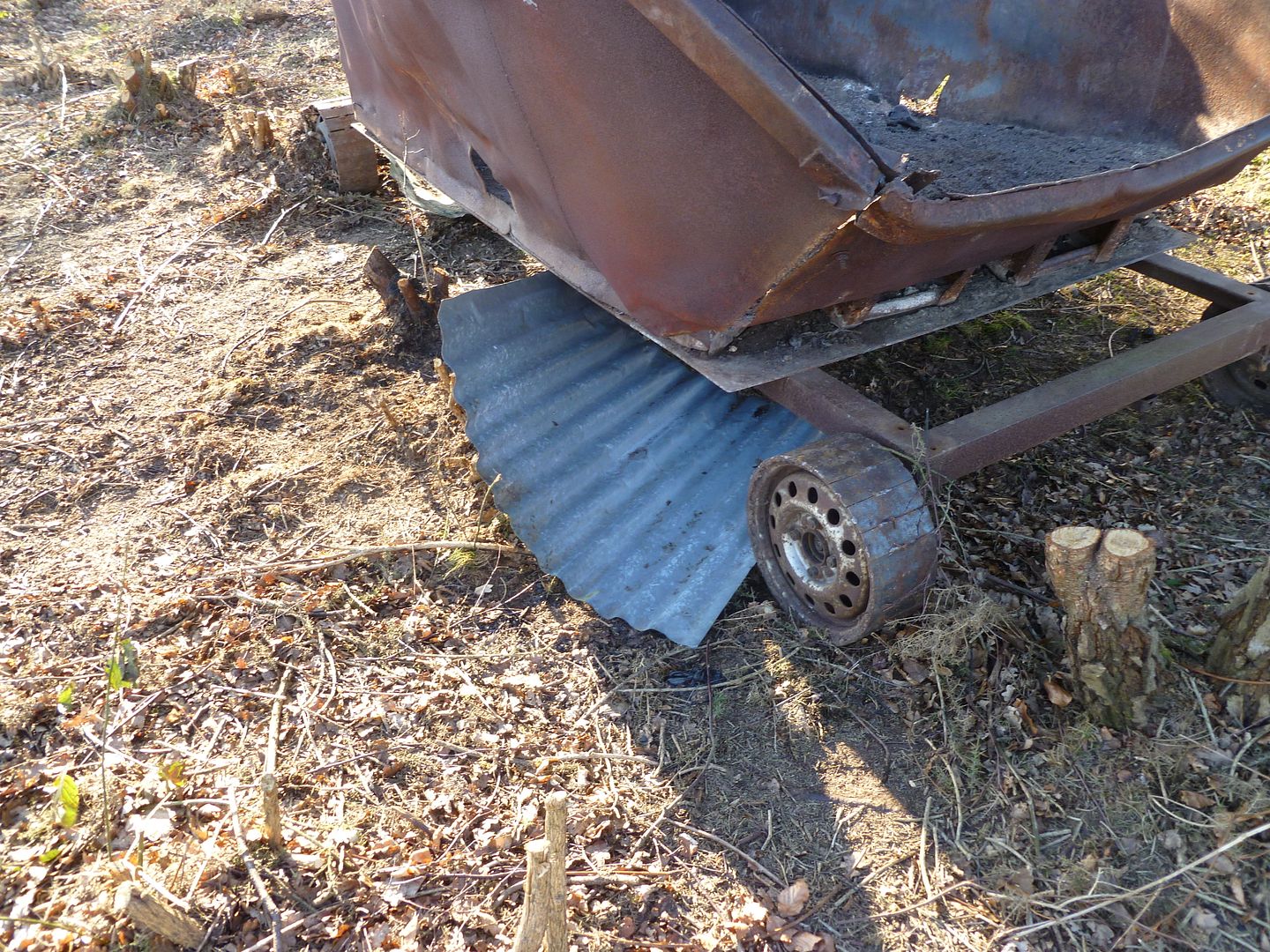
The brown stuff is already flying towards fans for this move. It seems that preserving a rare and protected species like snakes isn't important to some organisations when they can attract birds and make the place landscaped and aesthetically pleasing for people who may want to come there.
Sad fact is, whatever noise the local reptile groups and other conservation bodies make, it's now too late, the damage has been done and a once well known stronghold for adders has been rendered utterly devoid of the most important area and most of the population that could sustain it for future years. Within five years, adders will now be extinct from this site, with a few individulas who overwintered elsewhere, roaming the area searching for mates they won't find.
This is my home ground here, I've been studying this area for over 25 years and it is the last large stronghold for adders, slow-worms and viviparous lizards for miles. The area has been protected and kept in prime condition for reptiles as they have been hibernating there for decades, if not centuries.
The area consisted of a dense island of established gorse bushes, whose root system is so old, the reptiles have been using it as a hibernacula site since anyone can remember. Such sites are most important for reptiles as hibernacula are not easy to come by, and it provides protection upon awakening, due to the density of the gorse...
Here's how it has looked for years...


On the first day of the year when the weather was in its prime for awakening dormant reptiles, I went up and found this....


Not only has the entire area been decimated, but when I arrrived buzzards and corvids were present and picking off any animals that hadn't been trapped underground by the bulldozers. As there is no cover, this was easy pickings.
This area has been used by reptiles for so long, that many travel up to 1.5km away to overwinter here, it's a communal site that shelters almost the entire population during Winter months. It is a prime study site and herpetologists from three counties monitor it. We even have a large amount of artificial refugia to aid research. These are those corrugated sheets you see on TV programmes that attract reptiles and allow easy study. Shockingly, this 'National Conservation Body' thought they would be good to use as scoops and ash catchers, despite them knowing exactly what they are and their importance to the conservation and study of the native herpetofauna...


The brown stuff is already flying towards fans for this move. It seems that preserving a rare and protected species like snakes isn't important to some organisations when they can attract birds and make the place landscaped and aesthetically pleasing for people who may want to come there.
Sad fact is, whatever noise the local reptile groups and other conservation bodies make, it's now too late, the damage has been done and a once well known stronghold for adders has been rendered utterly devoid of the most important area and most of the population that could sustain it for future years. Within five years, adders will now be extinct from this site, with a few individulas who overwintered elsewhere, roaming the area searching for mates they won't find.
Last edited:
